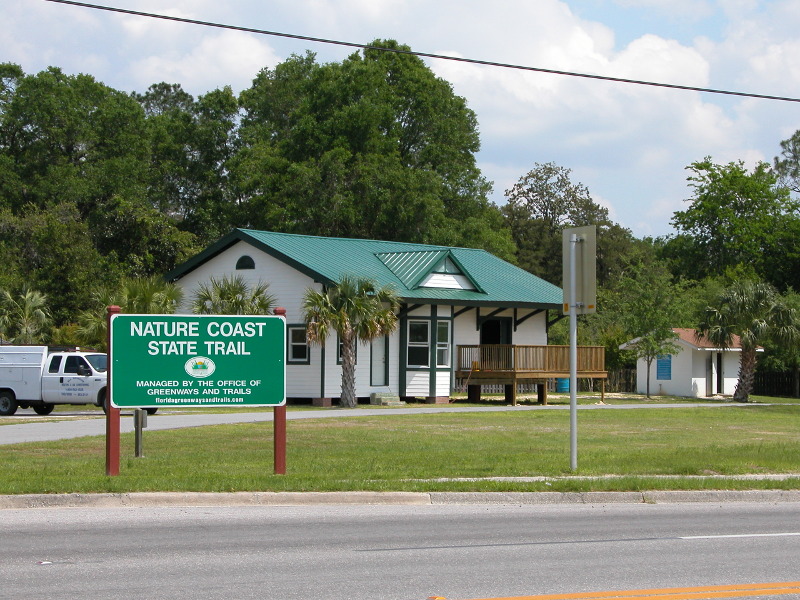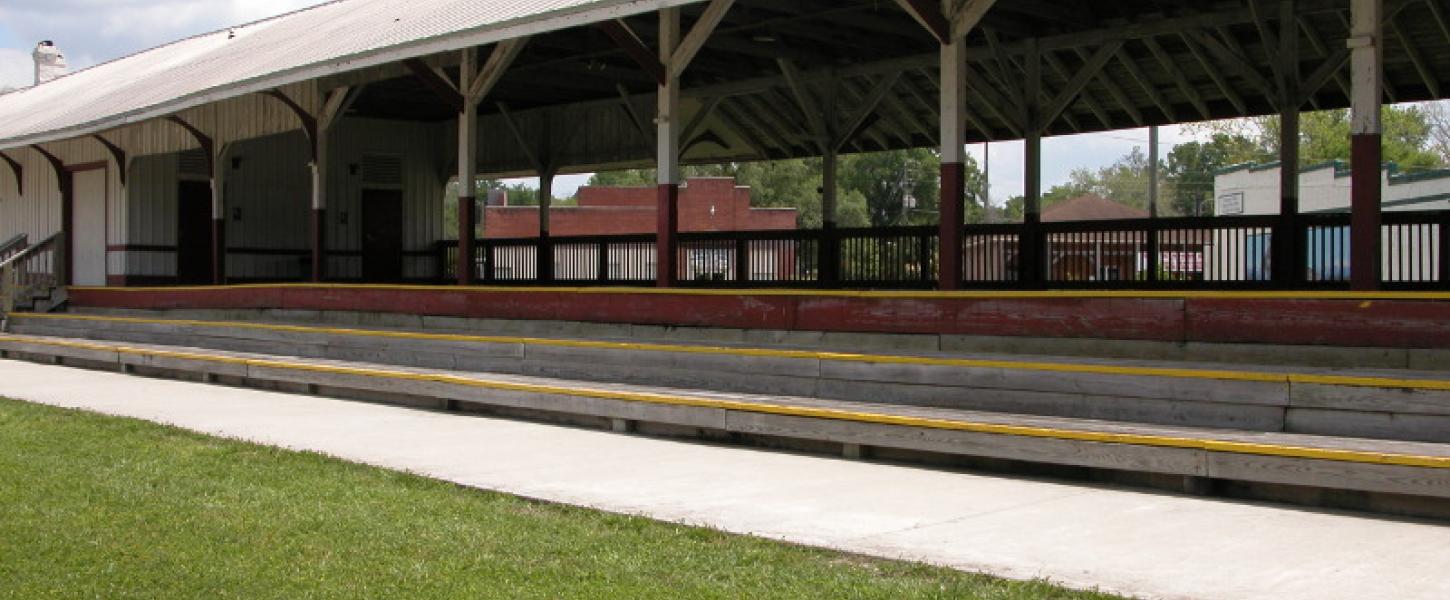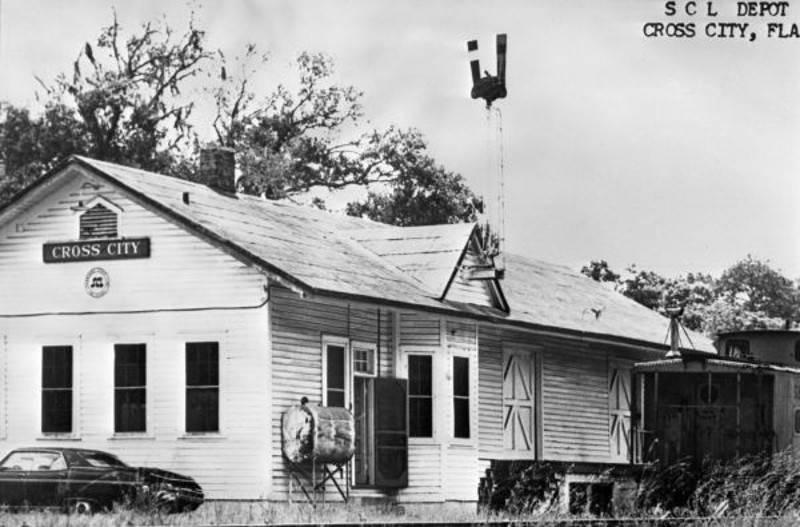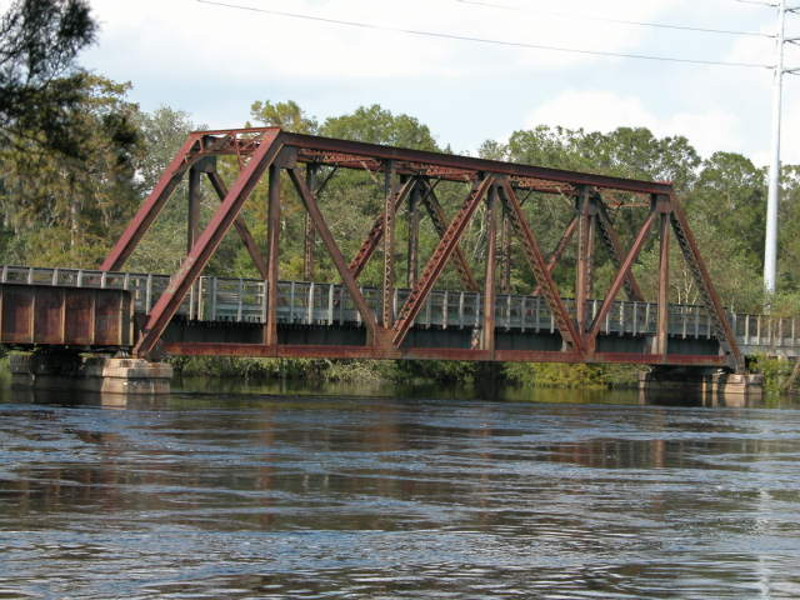
History of the Nature Coast State Trail

The Nature Coast State Trail is just one of many abandoned rail beds in the Suwannee River Valley area, including the Withlacoochee State Trail and Palatka to Lake Butler State Trail. In 1800s Florida, the rivers were king; steamboats, barges and ferries transported goods from port to port. By the early 1900s, however, trains were becoming more and more common as business leaders and officials built railroads crisscrossing the state to transport key exports such as timber and cotton. The Atlantic Coastline Railroad, in operation from 1901 to 1967, traversed the southeastern United States, with most of its primary hubs located in Florida. Passenger stops and lines in Cross City, Chiefland and Trenton formed the sections of the railroad that today is the Nature Coast State Trail.

The train stations in Trenton, Cross City and Chiefland still stand - the Chiefland station now houses the Chiefland Train Depot Museum, and the Trenton station was recently purchased by the city of Trenton to make way for the development of a 9.3-mile continuation of the trail to the town of Newberry. At Wilcox Junction several of the lines from these stops meet, and abandoned rail tracks are still visible.

A steel trestle built across the Suwannee River in 1902 by the American Bridge Company allowed the train to transport supplies from nearby Old Town to other ports. Another significant piece of history is located underneath the bridge itself, where the sunken wreck of the paddle steamer the City of Hawkinsville lies. The ship was used to move building materials for the bridge to the site then intentionally sunk after completion.

In the future, we look forward to seeing the continuation of the trail as it extends to Newberry and possibly beyond. Much like the trains it once carried, the Nature Coast State Trail keeps moving forward.